What You Need to Know to Choose the Right Camera
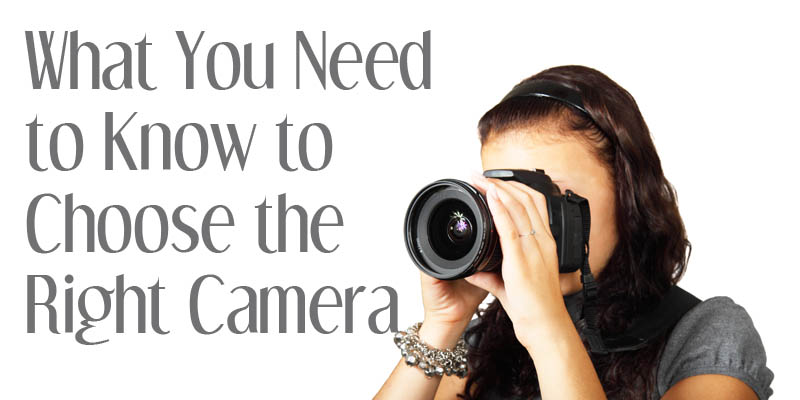
If I had to pick one question that I have been asked more over the years than any other, it would be “What kind of camera should I buy?” That question isn’t as simple as it might look. I have to ask you a lot of questions back to figure out what kind of camera might best meet your needs:
- Why do you want a camera?
- What are you going to do with it?
- Do you want something you can stick in your pocket or purse to take quick pictures of your kids, or are you wanting to learn the craft of photography?
If you want something for easy family/vacation/fun photos, you will probably be happy with a point-and-shoot camera. They are generally compact and lightweight with simpler controls and lots of presets. And these days, point-and-shoot cameras have all but been replaced by cell phones. In fact, I rarely recommend a pocket point-and-shoot any more because your camera will be as good or better than the most basic pocket camera.
If you want to become a photographer (either by vocation or avocation), you want to look at DSLR cameras. DSLR stands for Digital Single Lens Reflex. SLR means that when you look through the viewfinder you are actually looking through the lens—the ultimate in “what you see is what you get.” DSLR cameras have interchangeable lenses—you can put different lenses on the camera body– from ones with a very wide angle of view, to ones with a very long telephoto for great distance shots, so you have many more options.
 What’s Your Budget?
What’s Your Budget?
And then there is the question of budget. You can spend as little as $50 or as much as $10,000. For a good point-and-shoot camera, you should expect to spend somewhere between $150-$300, depending on the features.
An entry-level DSLR can go for as little as $500 with a lens and the prices increase from there, depending on the accessories and features you want.
I recommend that you not only read articles like this, but go to a camera store and look at the cameras, try different ones. How do they feel in your hands? How easy are the controls to operate? Once you’ve found cameras that meet your other needs, make sure it is going to be comfortable and easy to use.
And where should you buy? There are many options. I have purchased from local camera stores, I have purchased from the big camera stores in New York, and I have purchased from Amazon. I have been equally happy with all of them. Where you buy depends on how much hands-on help you want or need during the buying process.
And since you asked, I am a Canon girl. I have owned Canon cameras since college, and even after testing out all the others out there, I still like Canon best. So, if you scroll to the bottom of this post, you’ll find my favorites for Advanced Photography, Learning the Craft, Compact Digital, and Mirrorless Cameras, along with handy links to order them from Amazon.
Terms to Know to Choose the Right Camera
Here are a few key terms you will hear or read while camera shopping. These are things you need to know to help you choose the right camera for you.
Megapixels—a megapixel is one million pixels. When you are making photographs that you will want to print, more megapixels are better than fewer megapixels. You can always use software later to make a high-megapixel photograph smaller (like for emailing), but you can’t improve a low-megapixel photograph and make it better. The more megapixels your camera has the sharper and more detailed your images will be.
Shutter lag--Shutter lag is the delay between pushing the shutter button and when the photograph is actually recorded. A longer shutter lag means you may miss the action you were trying to capture in a picture. Cameras with shorter shutter lags are always better than cameras with a long shutter lag. Shutter lag can range from .04 seconds in higher-end DSLR cameras to over 1 second in some very basic point-and-shoot cameras.
Autofocus–Autofocus means that the camera focuses for you. Some cameras, again usually higher end models, can focus very quickly, while some of the more basic models are slower to focus, making it difficult to capture quick action. Having the option of focusing manually is nice, especially if you are wanting to learn photography.
Flash—a camera flash can help you take better photographs (or photos at all) at night or indoors. It’s important to note that the flash built in to your camera is only good to about 12-15 feet away. It’s not going to help you light up the stage at your child’s school play.
ISO Range—ISO setting on a camera controls how sensitive it is to light. The higher the ISO number, the less light you need to make a usable photograph. Low ISO numbers work great for bright light and higher numbers allow you to photograph in darker conditions. There is a trade-off though. The higher the ISO number, the higher the “noise” or digital distortion your picture will have, reducing the image quality.
Optical zoom v. digital zoom—Zoom on a camera is used to bring far away objects closer and enable you to get closer to your subject without actually moving closer to your subject. An optical zoom is a true zoom lens like you would find on a film camera or a high-end DSLR camera (like the pros use). A digital zoom enlarges the middle of the image you are taking and discards the outer areas. It does basically the same thing you would do if you opened your photograph in a photo-editing program and cropped just to the middle of the photo. Digital zoom photos will see a decrease in image quality over a photo made with an optical zoom. If you are going to take lots of zoomed photos, you will want a camera with a larger optical zoom range.
viewfinder v. view screen--The viewfinder or view screen is what the photographer looks through or at to compose their photograph. A viewfinder is generally a small opening you would put up to your eye to look through. They are common on older film cameras and higher-end DSLR cameras. Many newer cameras, especially compact models have only a view screen much like using your Smartphone to compose a photograph. Which one you choose is entirely a matter of personal preference. I do find view screens to sometimes be a challenge outdoors in bright light.
Marie’s Camera Recommendations
For Advanced Photography

Canon EOS 80D Digital SLR Camera with 18-135mm STM Lens–this camera is great and comes with my basic go-to lens. I have made many an outing where I never used any lens but this one and created some prize-winning photographs. This is the camera for serious amateurs and professionals alike. Canon does offer a higher end model, but this one will more than work for the vast majority of advanced amateurs and professionals.
For Learning the Craft
 Canon EOS Rebel T7i DSLR Camera + 18-55mm IS STM & 55-250mm Lens
Canon EOS Rebel T7i DSLR Camera + 18-55mm IS STM & 55-250mm Lens
–-this camera kit is great for those who want to make the jump from point-and-shoot to something with more options and more creativity. These two lenses (and some other goodies that are included in this kit) will cover just about anything you ever want to photograph. It’s less complex than the camera above, but still offers endless creativity. If you’re looking for a camera in this skill range that’s a little more price friendly with many similar features, check out the Canon Rebel T6.
Compact Digital
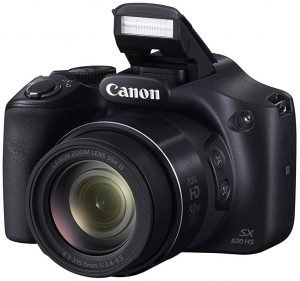
Canon PowerShot Digital Camera [SX530] with 50x Optical Zoom, Built-in Wi-Fi and NFC
–This camera is great for on-the-go. It’s my first choice for my carry-around camera–small enough to fit in my backpack or tote, but with enough power and zoom to get great photos, whether I’m on a trip, or at a family event. It has a great zoom range and it’s wi-fi compatible, which means you can post to social media right from your phone. Yes, that’s better than cellphone quality, especially if you want to use the zoom, and still social media ready to share those moments with your friends and family without being at the computer.
If you’re really into having the latest and greatest, the Canon Powershot SX70, the latest upgrade in this line will be available on December 12th–and it runs about twice the cost of this model.
Mirrorless Digital Camera

Sony Alpha a6000 Mirrorless Digital Camera 24.3MP SLR Camera with 3.0-Inch LCD and 16-50mm Power Zoom Lens—Sony isn’t new to the camera world but they’ve been a bit of a sleeper, and their mirrorless digital cameras are a huge hit with art and scenic photographers. The advantage of an advanced mirrorless camera is size and weight. Without the reflex mirror that all of the cameras above have, this camera comes in at a mere 3/4 of a pound. It may not seem like a big deal but after you’ve carried it around all day, you’ll understand why its compact size and weight are so attractive.
My son bought one of these this year and I have been able to spend a little time exploring it. I may have to add one of these to my wish list. And right now, if you buy this camera on Amazon.com, you’ll get three months of Adobe’s Creative Cloud Photography plan free.
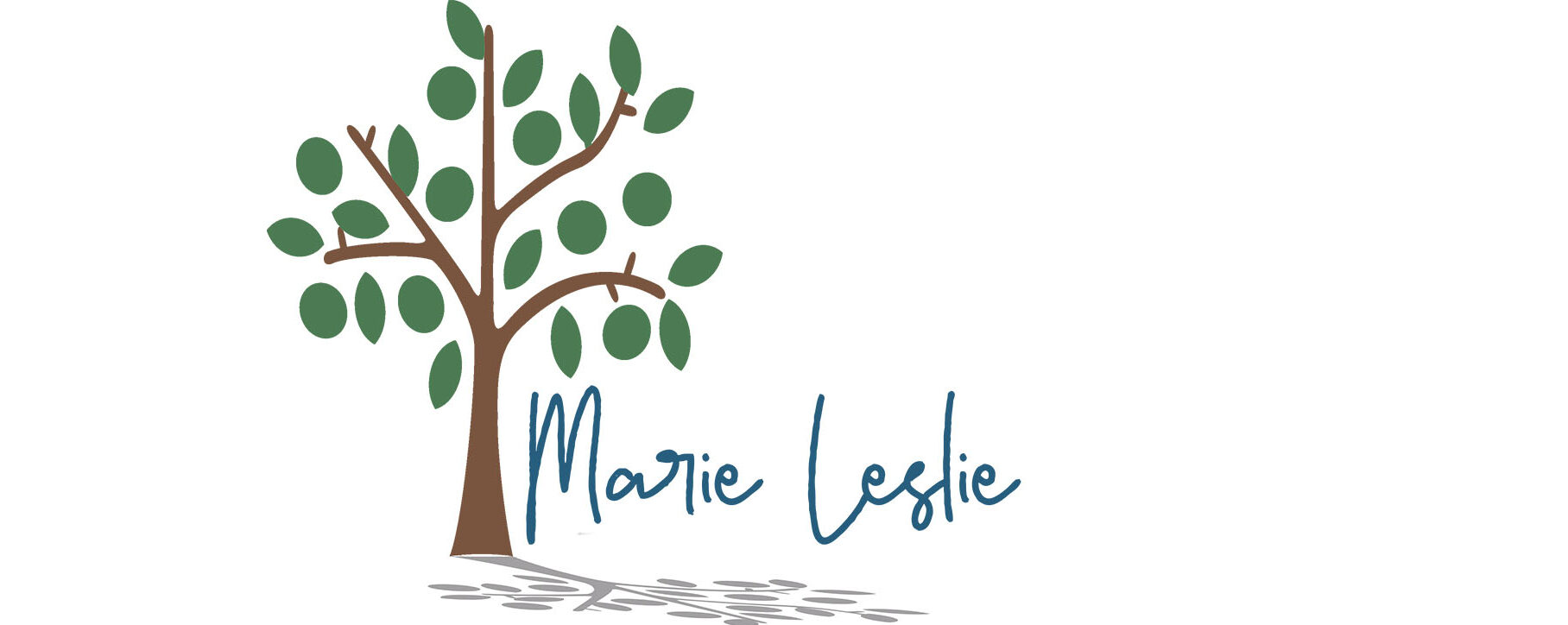
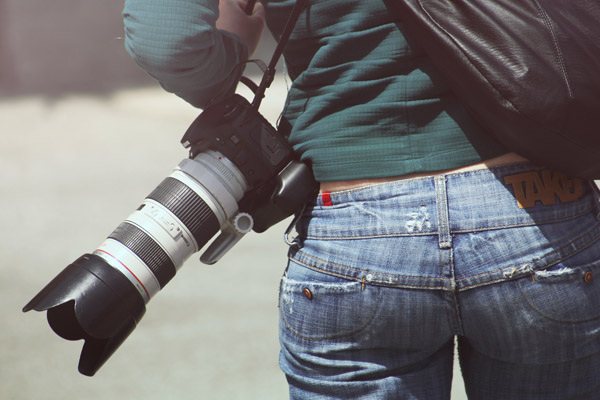
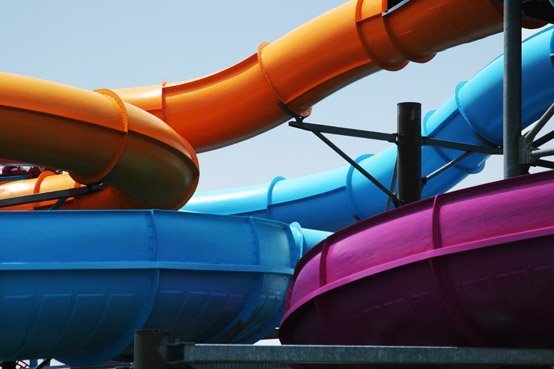
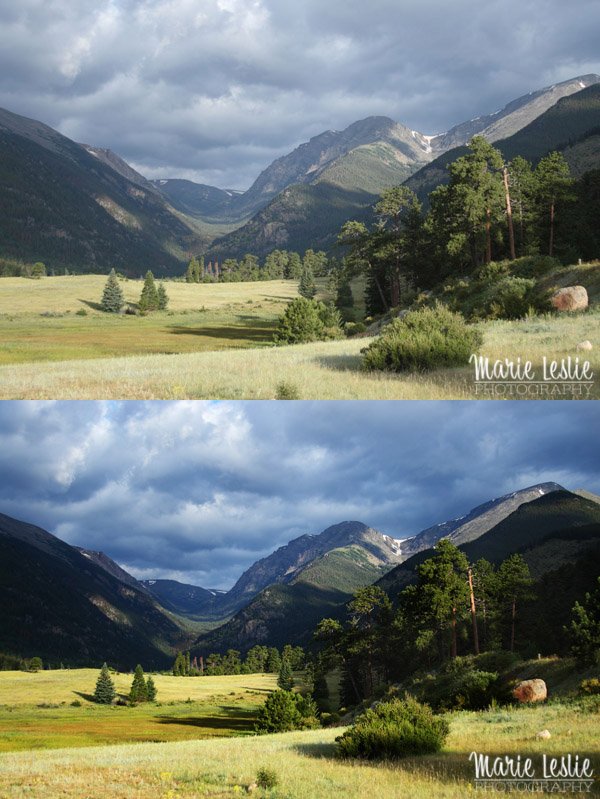



I have my camera phone and point and click but the latter didn’t work well inside for volleyball so asked a friend about cameras and got a Canon, nice camera and later got a zoom lens… love it. I even took a class on it.. .but don’t remember everything… but it’s still cool. Maybe one day I will re-educate. This is very helpful!
Like Mark, I’m also a former professional photographer. Nowadays, although I still get my pro camera out out and again, my iPhone is my go-to. It’s important to understand what you want in a camera before rushing out to buy the newest and the shiniest and your post will help those make a good decision.
I’ve liked the Canon cameras that I’ve had in the past, but I must admit that I rely on my iPhone camera way too much. Thanks for the good information.
Great information. I have the Canon Power Shot and for the most part really like it. (although i would have LOVED the red one 🙂
The menu is a little confusing to me though. Still cannot figure out how to change the DPI to 300 instead of the 180 it defaults to. So my jewelry images are not as crisp as i prefer
I will see if I can find a tutorial for you. Camera menus are definitely complex and confusing these days.
Fun! I’ve wanted to take up photography as a hobby for awhile now and have considered taking some classes at the community college. Probably something to do once my kids are out of the house. Love all the info you shared here!
You’ll enjoy it. Photography is fun–and addictive. It changes the way you see the world, for sure.
This post is super timely! Thanks so much for breaking everything down so easily for non camera techies:-)
You are welcome. Hopefully, it helped a bit.
This is excellent advice! I wish I had known about you before we bought my son his camera last Christmas – you would have saved us a lot of anxiety!
Buying a camera can definitely be anxiety-producing. It can be a big investment–and when you don’t know what to look for, it’s even harder.
As a former professional photographer, I used to be the designated person on family vacations to lug all my gear (DSLR camera, multiple lenses, etc.). But this got old – especially with all the security (bag checks). When I quit being a photographer, I sold my gear. I just bring my iPhone 6S which stays in my pocket. No more bag checks and takes pictures good enough for me. BUT…you are 100% correct. You need to know what you need before you buy. And don’t buy what everyone else has…because they are not you! LOL Great article.
WOW! Finally I know more about Cameras! This is absolutely critical… but I am still sticking to my iphone and gopro 😛
GoPro’s are a lot of fun. We have one of those too. And a cellphone camera is adequate for many people. It just depends on what you want to do with your photos. I use my cellphone camera all the time for sharing online–and in a pinch.
Great recommendations here! As a long time photographer, reviewer, and Canon (and Nikon) shooter over the years. These are really solid suggestions.
I also like Sony and Fujifilm mirrorless cameras. And the new Canon 80D with the NEW 18-135 is AWESOME if you’re doing video.
It’s good to know about the new Canon80D. That’s next on my list and one of the reasons was because I wanted more flexibility with the video. I’ve heard good things about the Fujifilm–I wonder if they still use optics from Nikon as I had heard in the past.